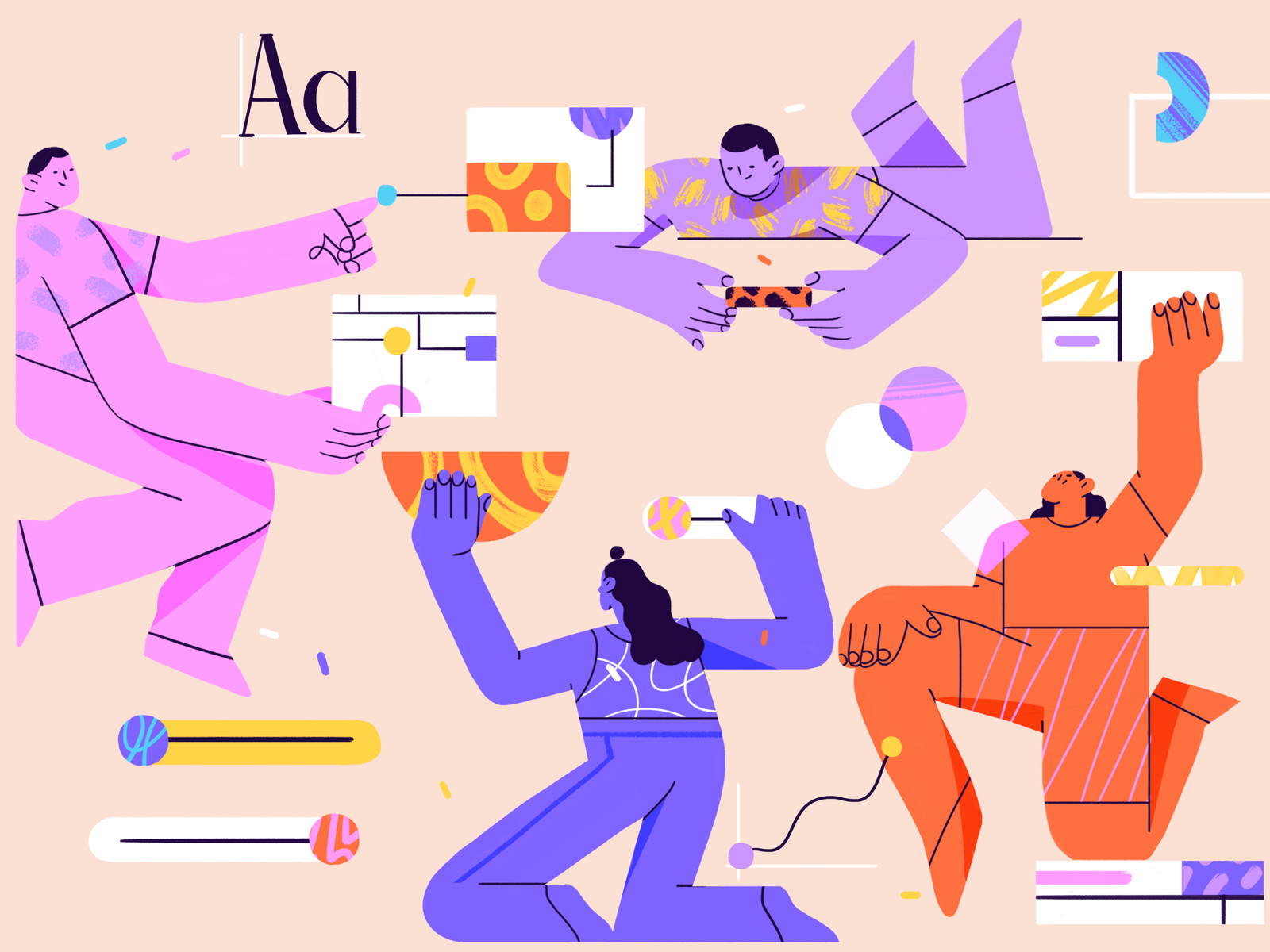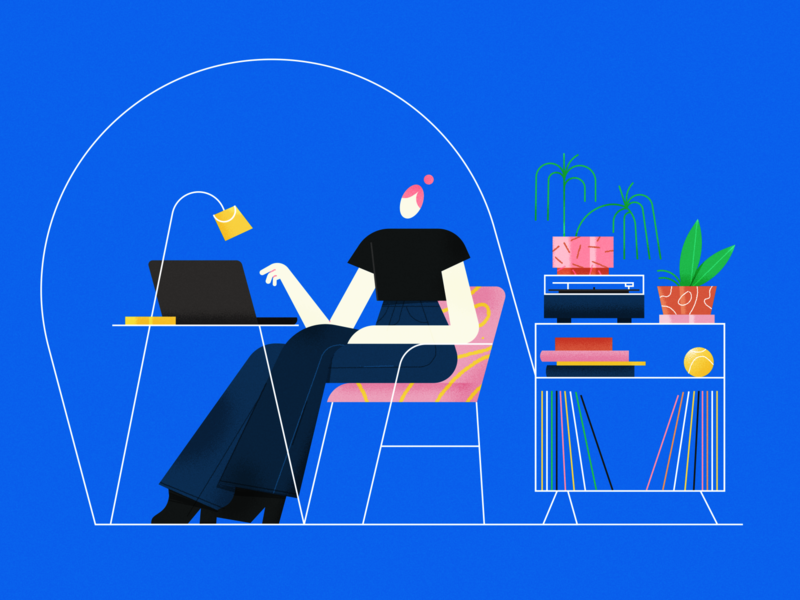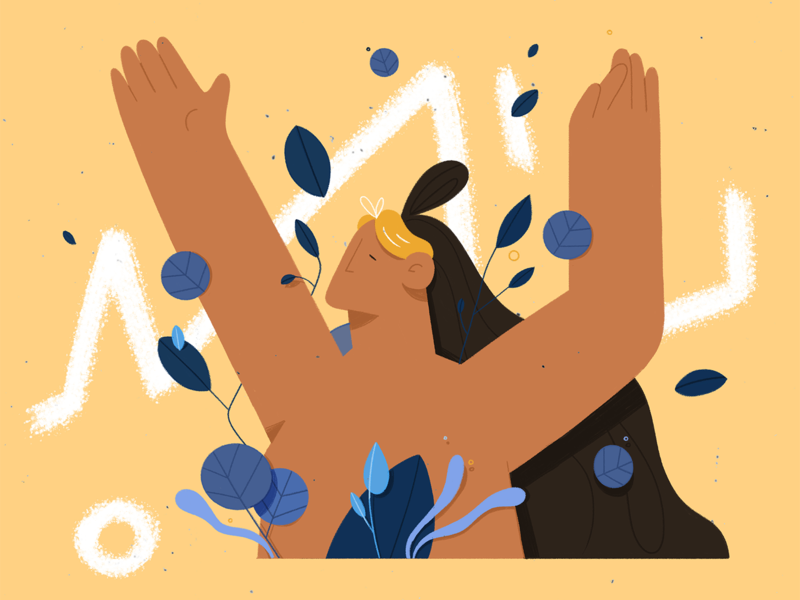Are you looking to add a great designer to your team? Although competitive pay is a huge factor in attracting top-talent, it’s crucial to understand the other important factors involved in landing your dream candidate. So, what else do designers look for in a job?
We surveyed our global design community earlier this year and asked them to identify the most important elements for them when it comes to their careers. While competitive pay was the top selection, we were surprised to find that a few other factors were nearly just as valued. We’ll let the data speak for itself—below are the three next important things designers are seeking out in a job.
To learn even more about designers and their careers, you can check out the full data report by accessing our Global Design Survey findings.
1. Good company culture
Strong company culture is the second most important factor designers look for in a job after a competitive salary. The values that your business upholds and the environment you foster will make a huge difference in attracting top design talent, and ensuring the overall satisfaction of your current designers.
Luckily, there are plenty of ways to strengthen company culture for both small and large teams. A good start is asking your team what they’d like to see more of—show them you’re listening and start implementing some new practices that will benefit the company at large. Here are a few examples:
- Encourage continued education by offering funded learning—books, courses, conferences…
- Celebrate small wins: Post-project, gather the team and give praise where necessary
- Set aside office hours so designers can chat with stakeholders on other teams
- Plan extracurriculars outside of work to promote team building across all departments
- Leadership AMAs: Invite folks to anonymously ask the leadership team their burning questions
Developing a strong company culture is typically more challenging for remote organizations, but it’s certainly far from impossible. Here are a few effective strategies for fostering a cohesive remote culture from Dribbble’s very own Head of People Operations.
2. Flexible work hours
The demographics of both the global and U.S. design community are vast. It only makes sense that designers seek out more flexible schedules in their jobs to accommodate various types of lifestyles. Flexible schedules are not only appreciated by most employees, but they’ve also become increasingly common in the workplace.
When it comes to the creative types, a flexible schedule is arguably even more important. Different designers tend to feel most creative at different times of the day, and in certain preferred environments.
For remote teams, a flexible work policy is typically easier to implement, but there are also a few ways onsite organizations can experiment with this. Here are a few things you can try:
- Allow employees to choose their own start/end times (within reason)
- Offer a number of work-from-home days per month
- Assign one day of the week as ‘meeting free’
- Unlimited or extended vacation/paid time off
Try experimenting with a few flexible work policies, and your designers will feel not only empowered but also trusted and motivated to do their best work. If you’re worried about productivity, try implementing software like Bonsai. With this your creatives can keep track of their tasks and projects, helping them to keep up-to-date with deadlines and managing their time better.
3. Creative freedom
Allowing creative freedom doesn’t only make your designers happy, it also promotes innovation. When designers feel in control of their own projects, they are more likely to think outside the box and generate some great ideas. Here are a few high-impact ways to empower your designers’ creativity:
- Encourage designers to explore and experiment: Brainstorming sessions, hack weeks, etc.
- Reward innovative thinking
- Foster an environment where feedback is welcomed and appreciated
- Try out new design processes your team is curious about
- Ask your designers what types of projects they want to work on
Remember, designers ultimately want to feel fulfilled in their roles—that they are making an impact. Don’t restrict their creativity and remind them how valuable their ideas are to the success of your business.
Once you start putting even more effort and care into the three areas above, you’ll soon realize that other aspects of your business are just as impactful as the competitive salary you have to offer. Don’t overlook the importance of the environment and values your business emanates, and start putting some of these new ideas into practice! You’ll be attracting top design talent in no time.
Want more insights into the demographics of the global and US design community? Check out Dribbble’s Global Survey findings and study up on where the design industry is and where it’s heading.
Related Articles
- How to build a great design team: Insights from Evernote
- The ultimate guide to hiring with design exercises
- How to hire for creative leadership
Find more Community stories on our blog Courtside. Have a suggestion? Contact stories@dribbble.com.











